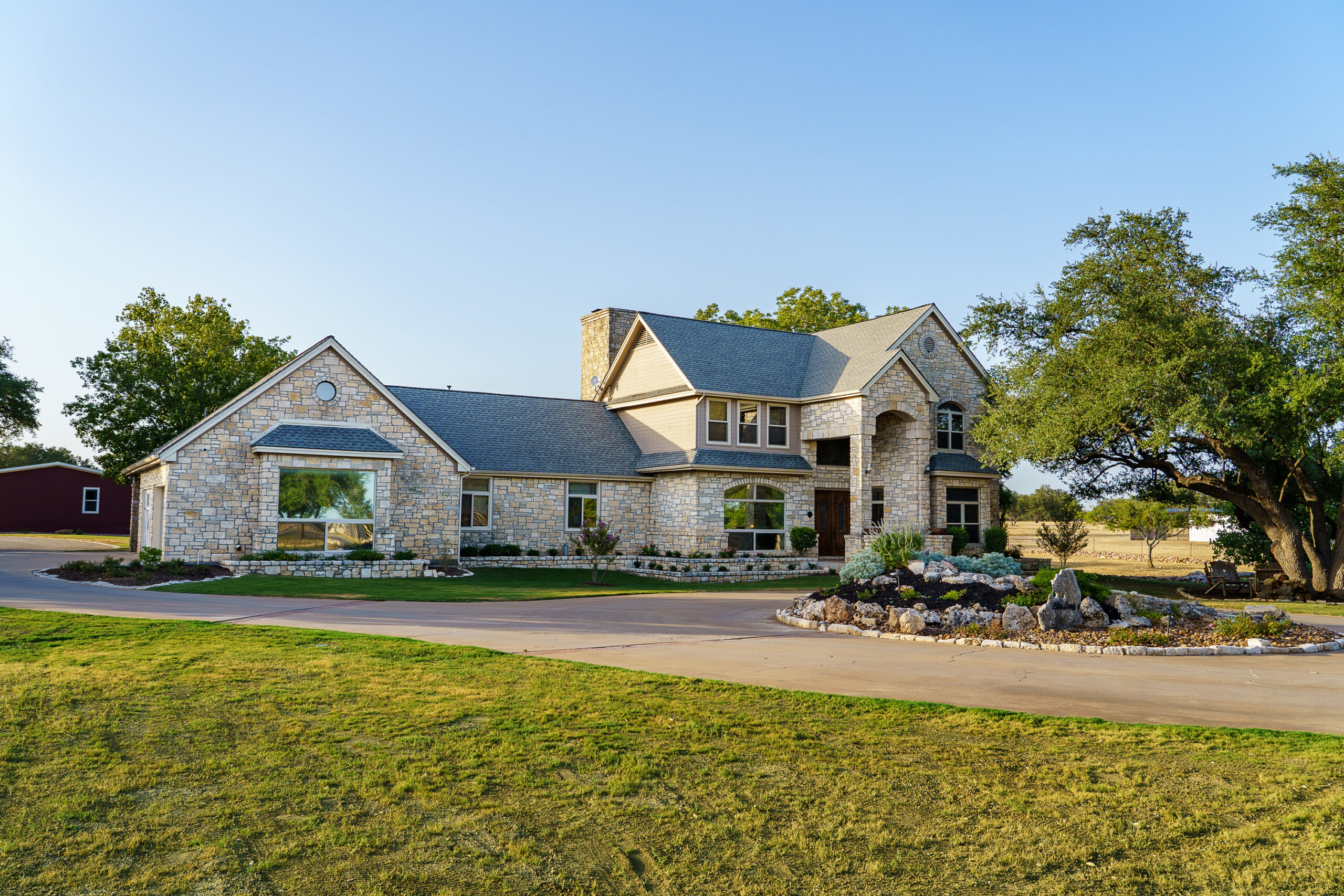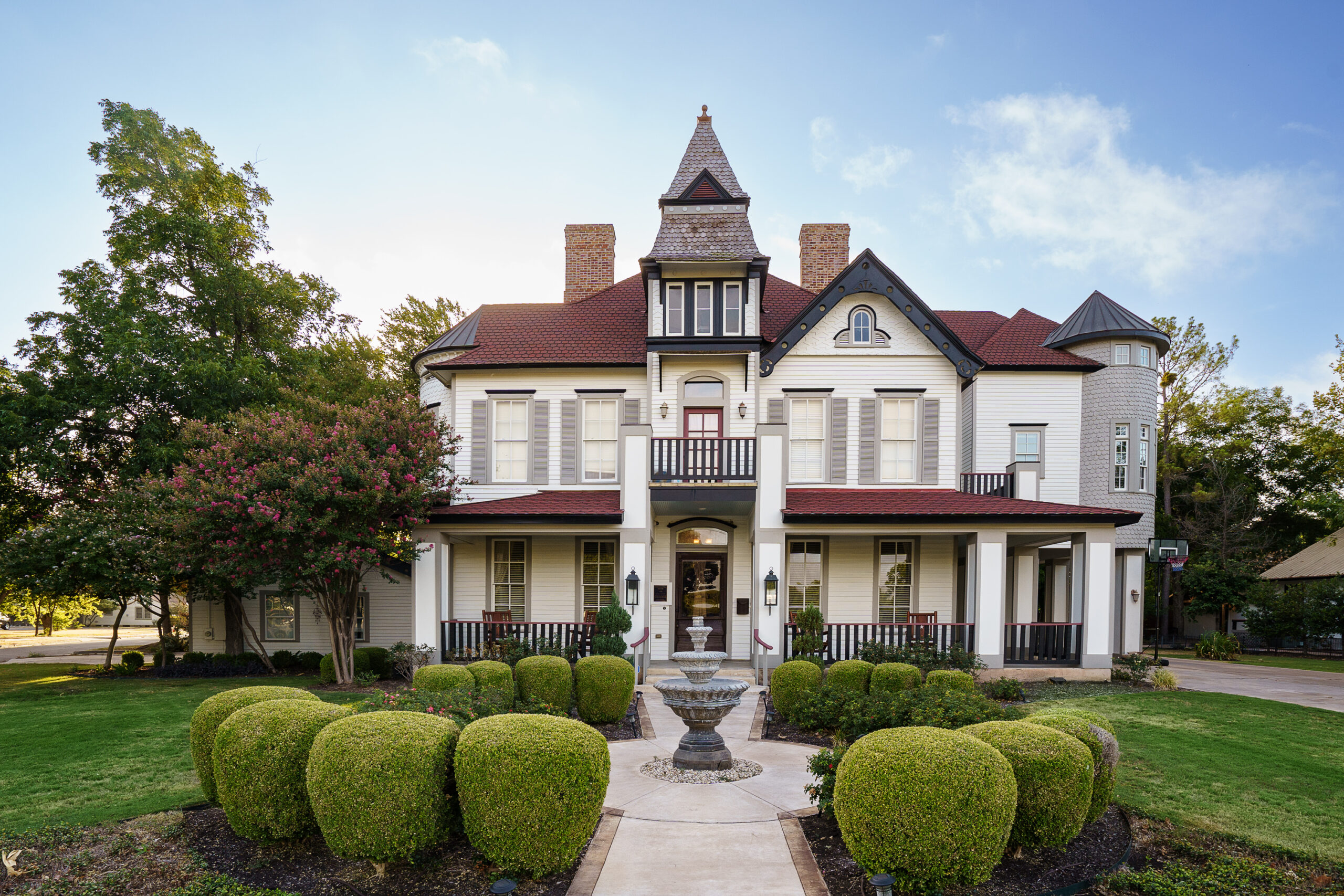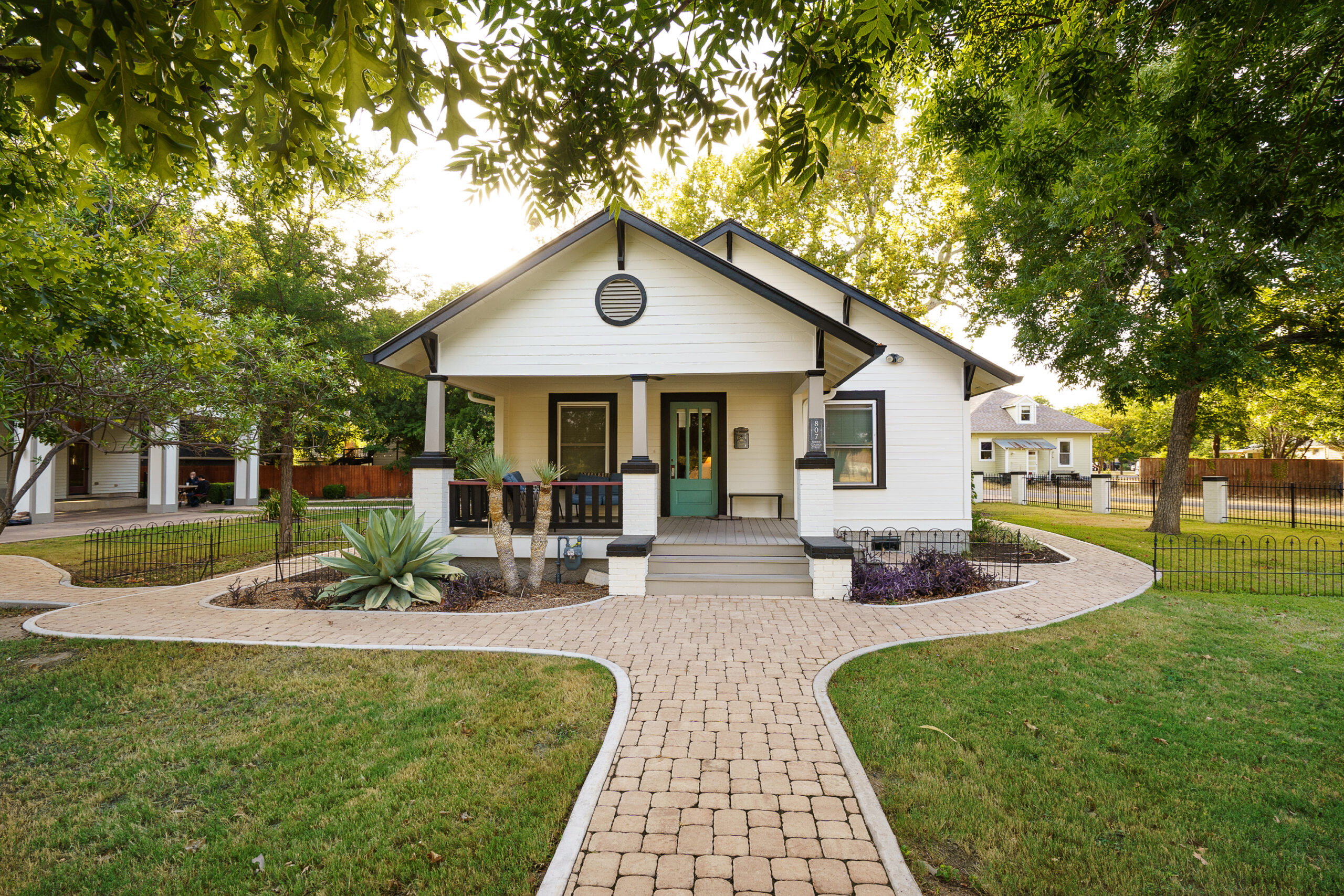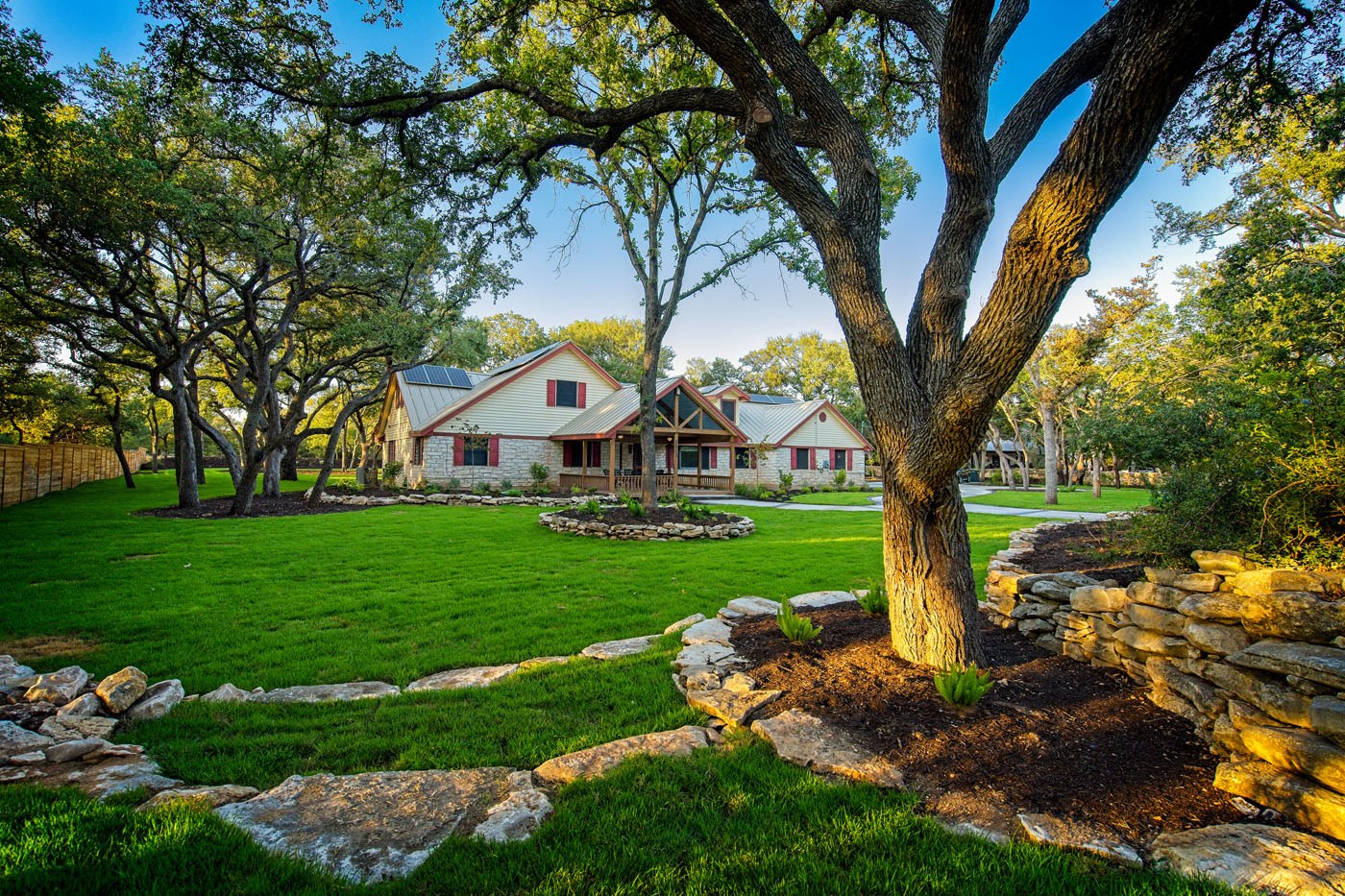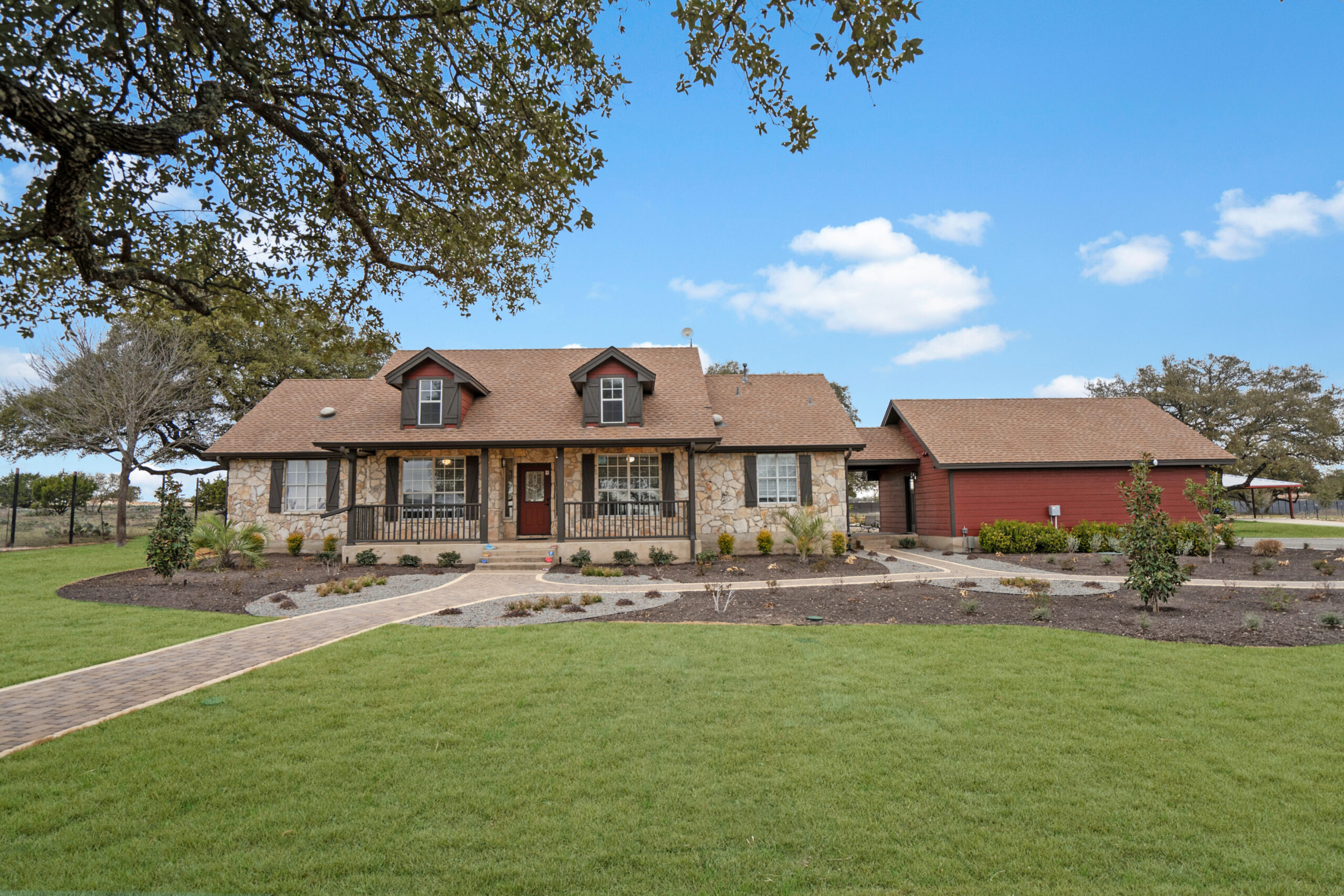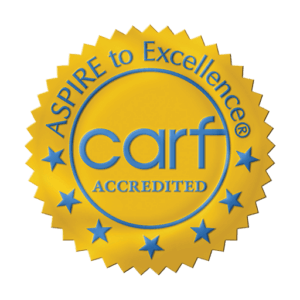
Exploring Residential Facilities for Schizophrenics
Residential facilities for schizophrenics offer more than just a place to stay; they provide a sanctuary for healing, growth, and hope. At the core of these facilities is a dedication to understanding and treating severe mental illnesses, where every aspect of care is personalized to support the unique journey of each resident.
The Role of Personalized Care
Individual Treatment Plans
Personalized care begins with the creation of individual treatment plans. These are not just medical prescriptions but life plans tailored to address each aspect of an individual’s condition and circumstances. At facilities like Alta Loma, this personal touch transforms standard care into a more effective and compassionate treatment approach.
Support Beyond Medication
While medication management is a crucial element of care, these facilities recognize the importance of going beyond pharmacological treatment. They incorporate therapies such as cognitive behavioral therapy, recreational activities, and nutritional planning, ensuring a holistic approach to recovery.
Creating a Healing Environment
The ambiance of a treatment facility can significantly impact a resident’s recovery process. Alta Loma is set in Georgetown, Texas, and is designed to be a peaceful, safe haven. The serene and therapeutic environment supports residents on their path to wellness, helping them find emotional and psychological stability.
Comprehensive Support Services
Understanding the journey to recovery encompasses more than just the individual; it includes their integration back into society. This realization underscores the importance of comprehensive support services provided by residential treatment centers.
Extended Care and Supportive Living
From primary programs to extended care and supportive living, facilities like Alta Loma offer a continuum of care that addresses the evolving needs of its residents. These services are critical in helping individuals make sustainable lifestyle changes.
Community Integration
Equally important is the focus on community integration. This aspect of treatment ensures that residents are not just treated within the confines of the facility but are also prepared for a successful reentry into society, equipped with the skills to live a fulfilling life.
Empowering Residents through Education and Therapy
Educational programs and therapeutic sessions are pillars of the treatment process, aiming to empower residents with knowledge and coping mechanisms. These sessions help individuals understand their conditions and learn effective ways to manage their symptoms, fostering a sense of independence and self-confidence.
Stories of Hope and Recovery
Personal anecdotes and success stories from residents serve as powerful testaments to the efficacy of specialized treatment at residential facilities for schizophrenics. These stories not only inspire new residents but also illuminate the path to recovery, demonstrating the transformative power of dedicated care and support.
Challenges and Opportunities
The road to recovery for individuals with schizophrenia is fraught with challenges, yet residential facilities offer a beacon of hope. Navigating the complexities of mental health requires a nuanced understanding, patience, and unwavering support–qualities that facilities like Alta Loma embody.
However, with challenges come opportunities for innovation in treatment approaches, therapy techniques, and support structures. It’s within these opportunities that residential facilities for schizophrenics can truly make a difference, championing new ways to facilitate healing and personal growth.
The Importance of Family Involvement
Family plays a pivotal role in the recovery process. Their involvement can significantly impact the rehabilitation of residents, providing emotional support and understanding that complements the structured care of the facility. Inclusion in therapy sessions and educational workshops can enhance the healing journey, for both the individual and their loved ones.
Looking Toward the Future
The evolution of residential facilities for schizophrenics continues as we deepen our understanding of mental health. These facilities are not just places of treatment but communities of hope, resilience, and recovery. As we look to the future, the emphasis on personalized care, therapeutic environments, and comprehensive support services will remain paramount in transforming lives.
With every step forward, centers like Alta Loma reaffirm their commitment to offering a helping hand to those in need, nurturing the seeds of change that grow into stories of success and fulfillment.

Where can someone with schizophrenia live?
Individuals with schizophrenia have several options when it comes to residential living, depending on the severity of their condition and their personal needs. Many find solace and stability in specialized residential facilities, like Alta Loma, which are designed to offer both the medical care required for their condition and the supportive environment necessary for their personal growth and recovery. These facilities emphasize a holistic approach to treatment, integrating medical management, therapy, and life skills training to aid residents in their journey towards independence and wellness. For those with milder forms of schizophrenia, supported living arrangements or group homes can also be suitable options, providing a balance of independence and support.
What is the best living situation for schizophrenics?
The best living situation for someone with schizophrenia is one that provides a structured, supportive environment tailored to their unique needs. Residential treatment centers, such as Alta Loma, are often considered ideal because they offer a comprehensive care plan that includes personalized therapy, medication management, and a variety of supportive services and activities. This environment not only helps in stabilizing symptoms but also focuses on building life skills and integrating residents back into society. The goal is to foster a sense of independence while ensuring safety and support, which is critical for long-term recovery.
Where do people go when they have schizophrenia?
People with schizophrenia might find themselves seeking various forms of assistance, depending on their condition’s severity and their personal circumstances. Many turn to residential treatment facilities that specialize in mental health care, like Alta Loma, as these places offer targeted treatment programs and a supportive community environment. Others may engage in outpatient services while living at home if their condition allows for a more independent lifestyle. In some cases, when individuals require more intensive care, they may be admitted to psychiatric hospitals to stabilize their condition before transitioning to a less restrictive environment.
Can schizophrenics go to nursing homes?
Yes, individuals with schizophrenia can live in nursing homes, particularly those who are older or have other health issues requiring constant care. However, it’s essential to recognize that nursing homes may not always offer the specialized psychiatric care that individuals with schizophrenia might need. Facilities like Alta Loma, which focus specifically on mental health conditions, are often better equipped to provide the comprehensive support and treatment necessary for managing schizophrenia effectively. That said, some nursing homes do have specialized units or staff trained in psychiatric care, making them a feasible option for certain individuals.
How does Alta Loma address the individual needs of residents with schizophrenia?
Alta Loma takes a highly individualized approach to treatment, recognizing that each person’s experience with schizophrenia is unique. From the initial assessment, the team works to create a personalized care plan that addresses not only the symptoms of schizophrenia but also any co-occurring disorders, personal circumstances, and long-term goals. This plan may include a mix of medication management, cognitive behavioral therapy, life skills training, and support for reintegration into society. Alta Loma’s focus on creating a therapeutic environment, coupled with comprehensive support services, ensures that each resident’s pathway to recovery is as effective and sustainable as possible.
What role does family involvement play in the recovery process at Alta Loma?
Family involvement is considered a cornerstone of the recovery process at Alta Loma. Recognizing the critical support network that family provides, Alta Loma encourages active participation in the recovery journey. This involvement might take various forms, from being part of therapy sessions to attending educational workshops that offer insights into managing mental health conditions. By fostering an environment of open communication and understanding, Alta Loma helps strengthen the support system around each resident, ensuring they have a robust network to lean on during and after their treatment.
